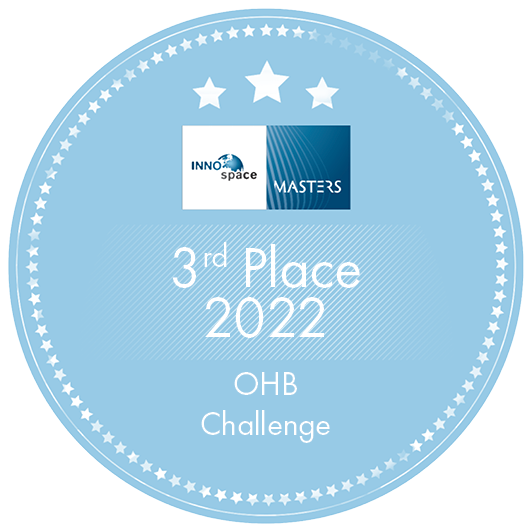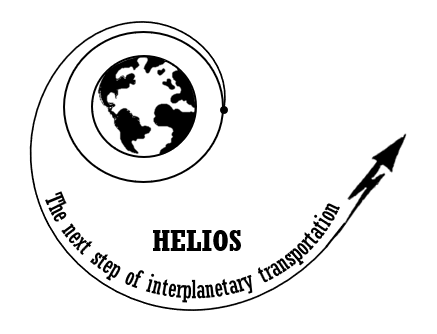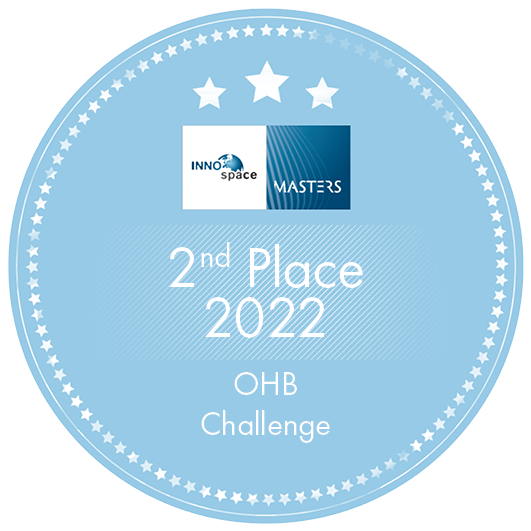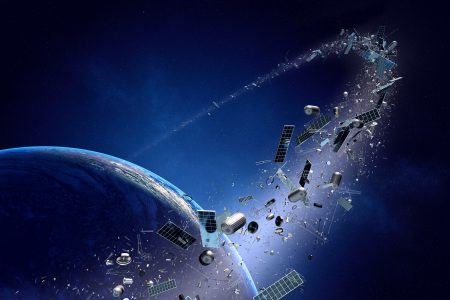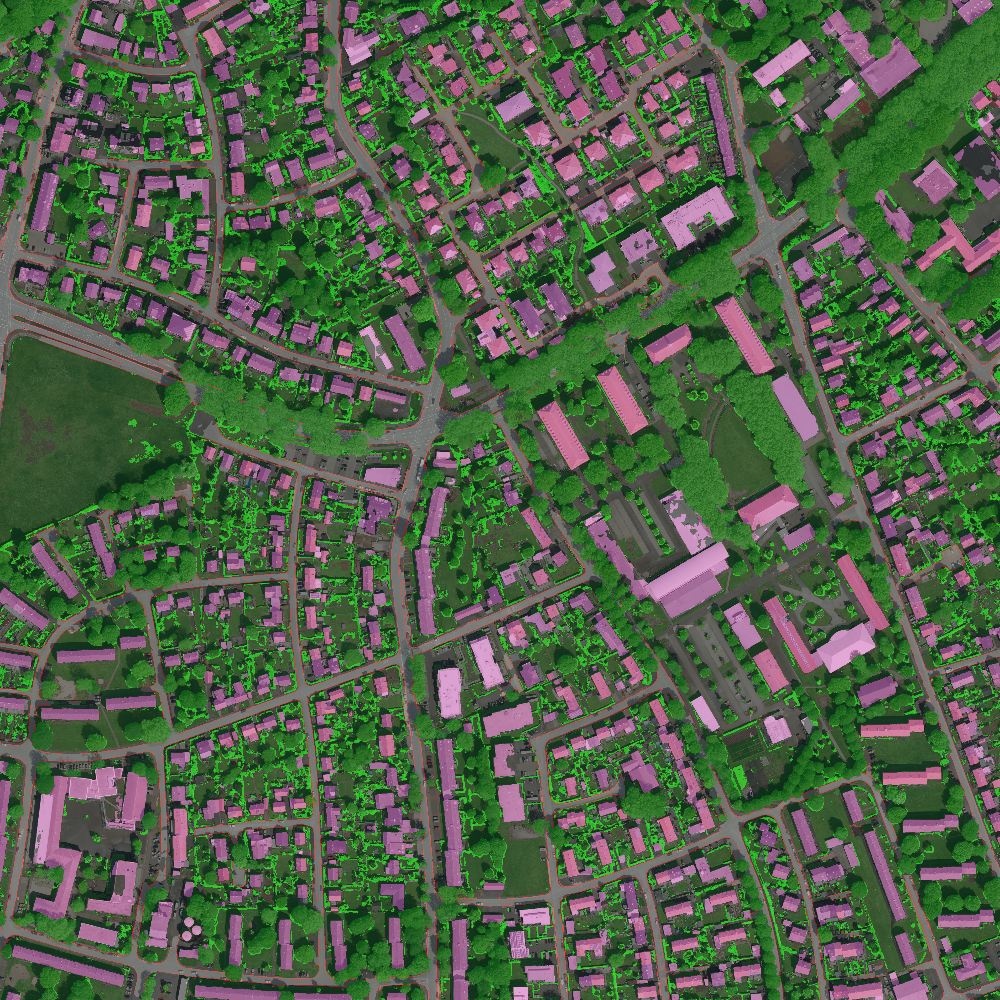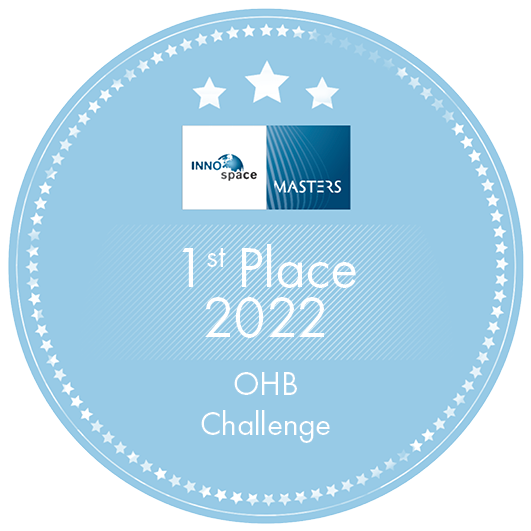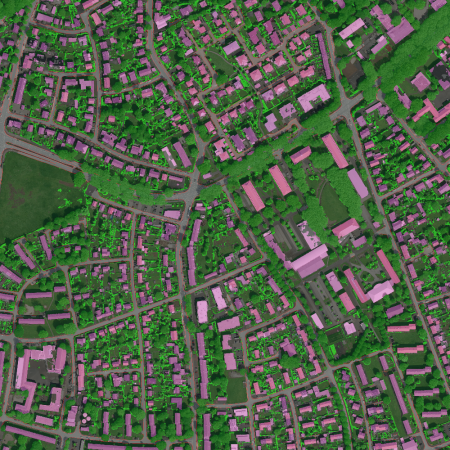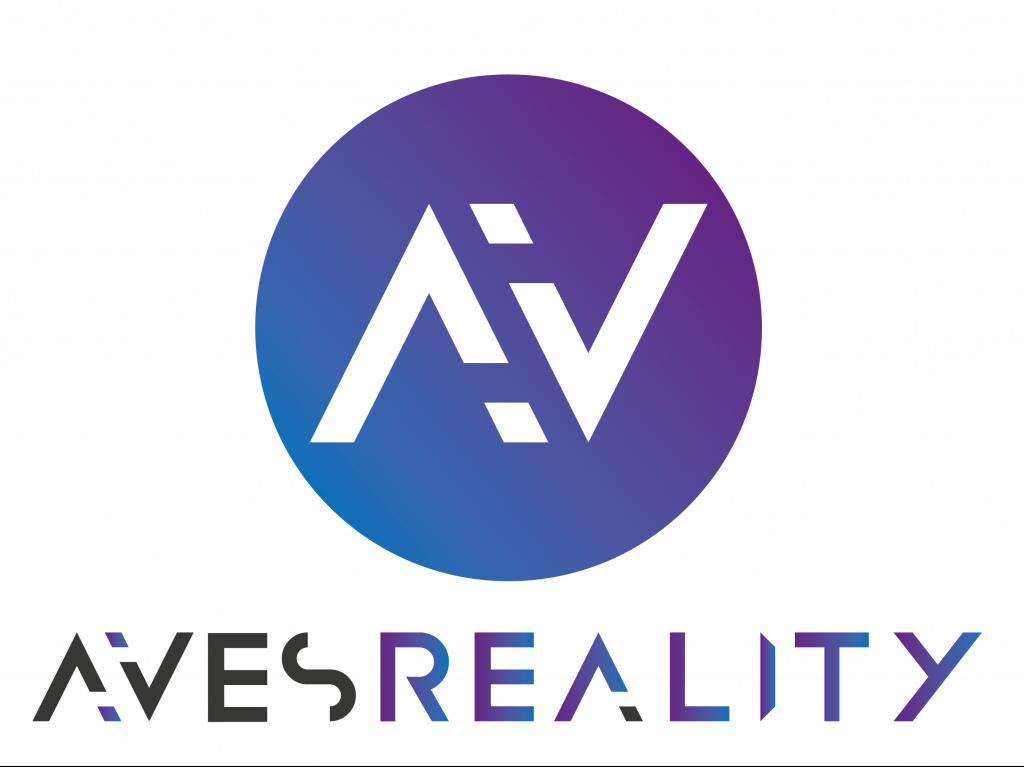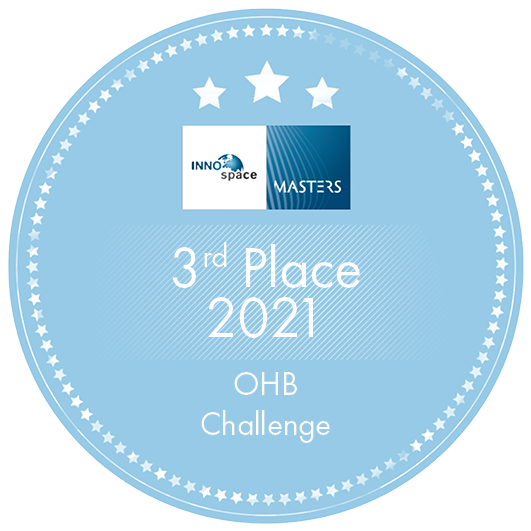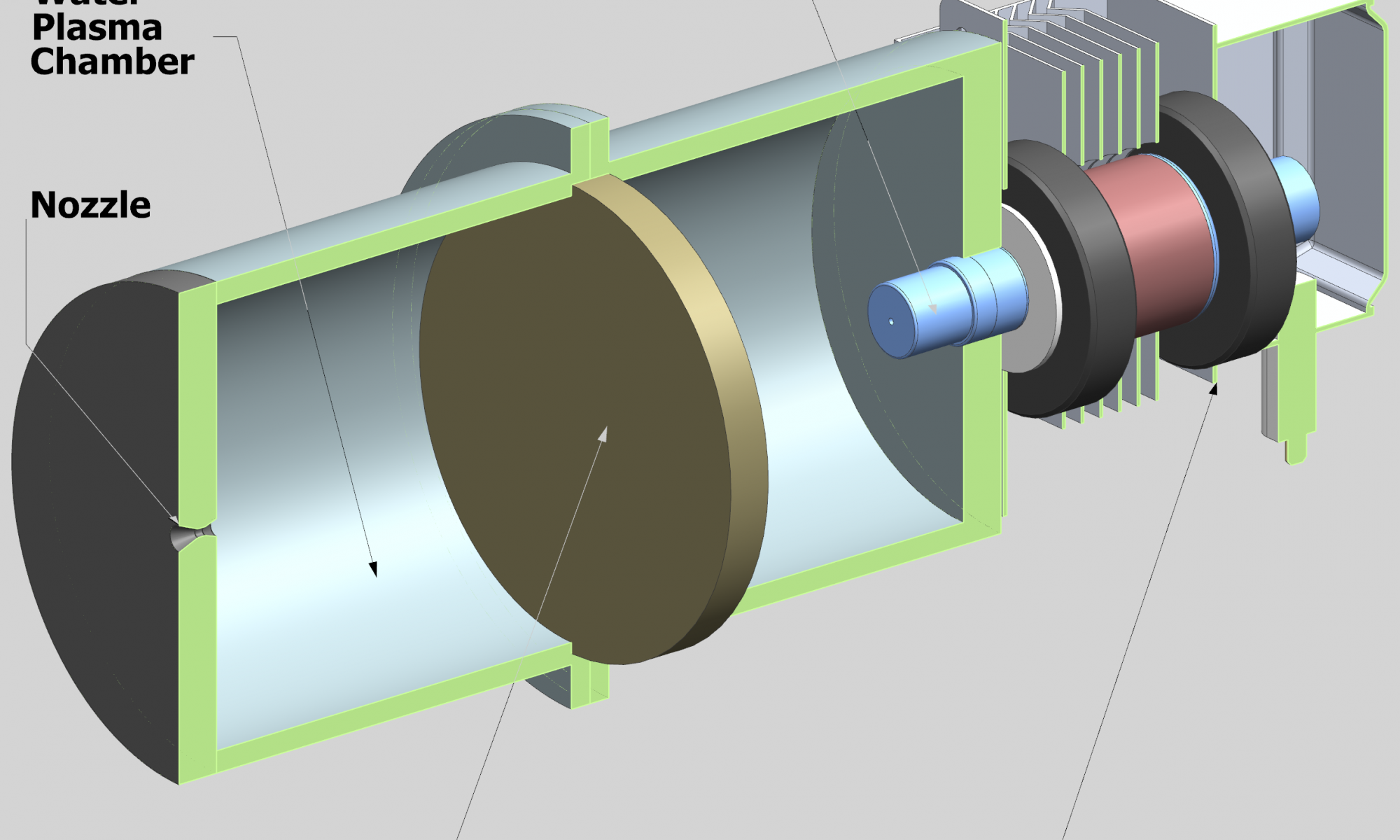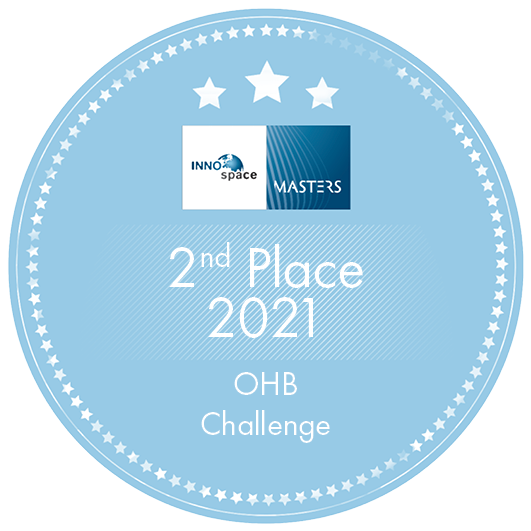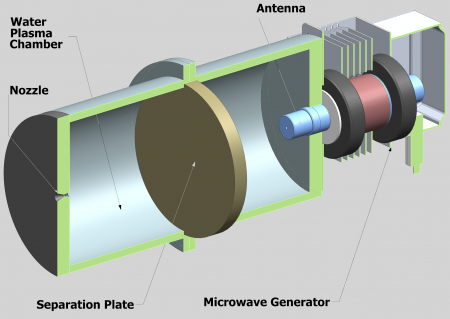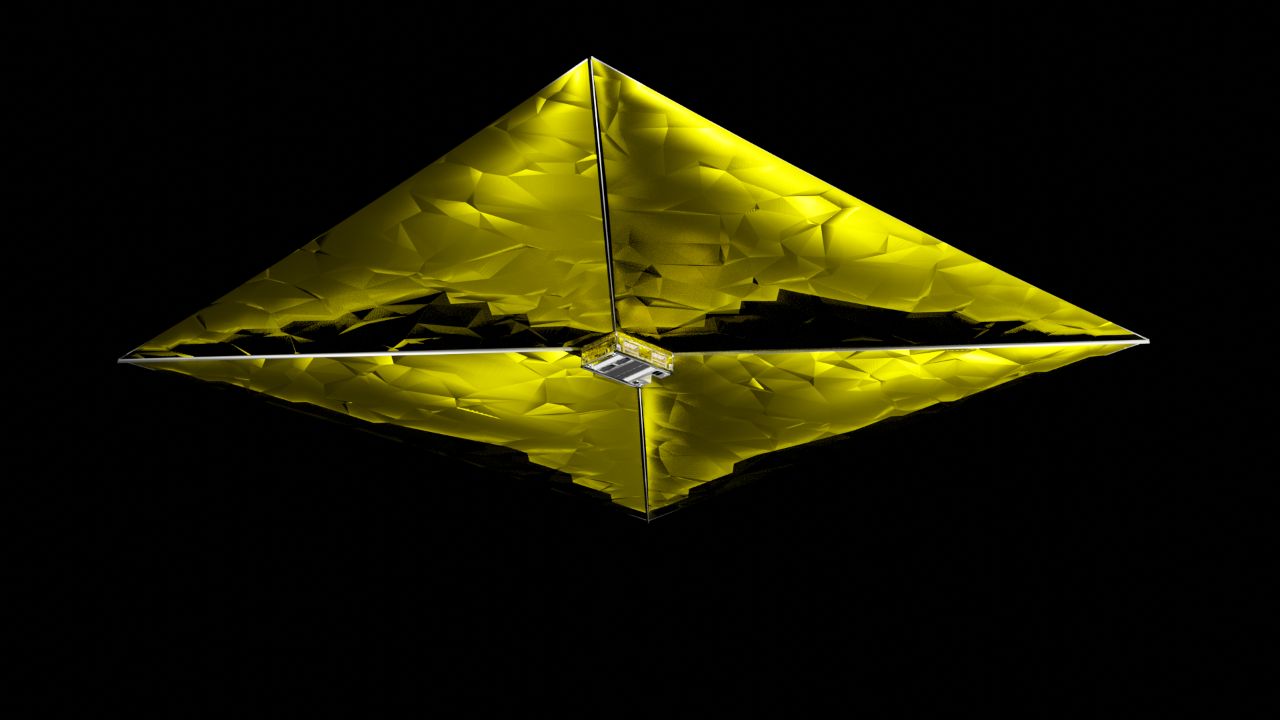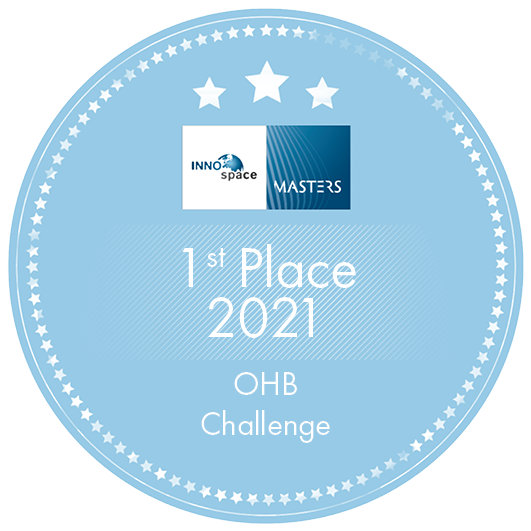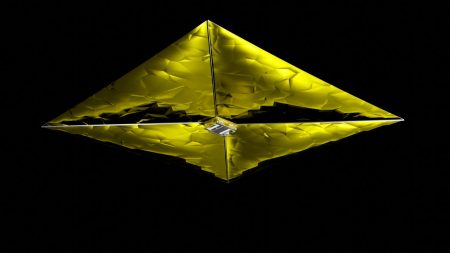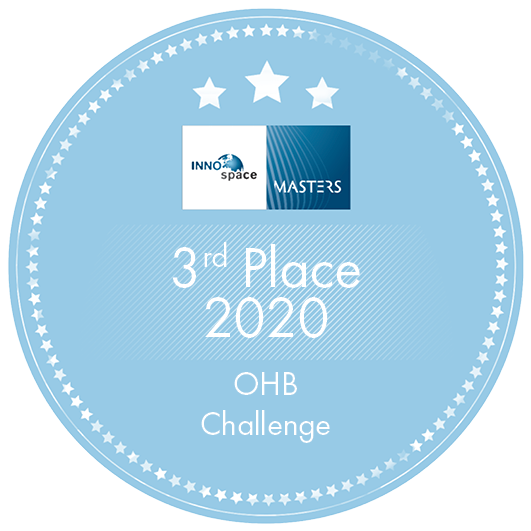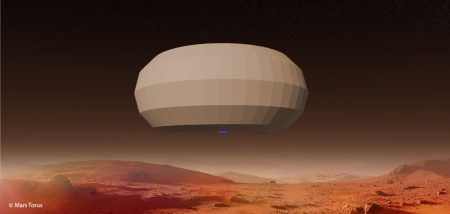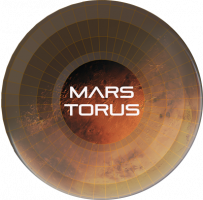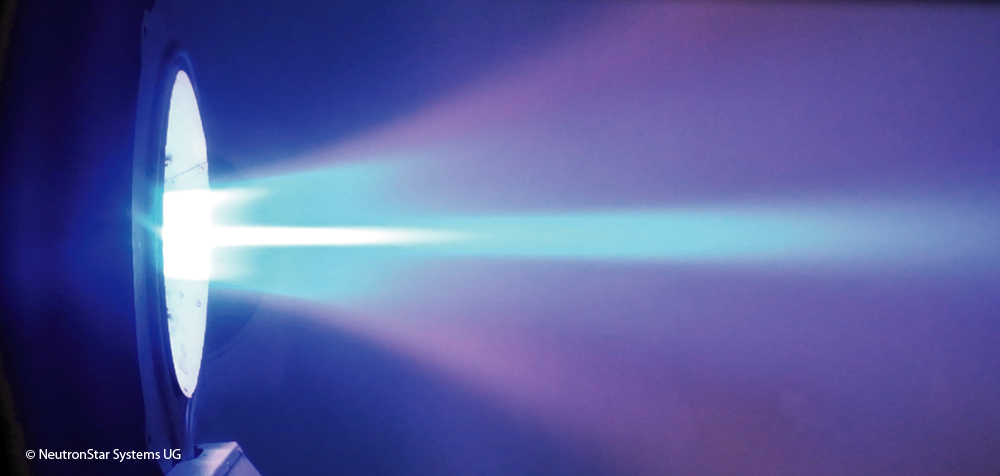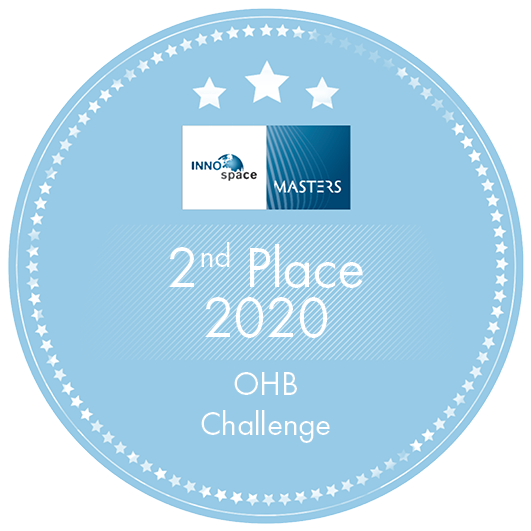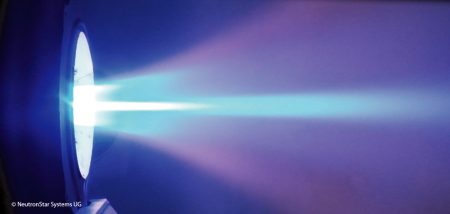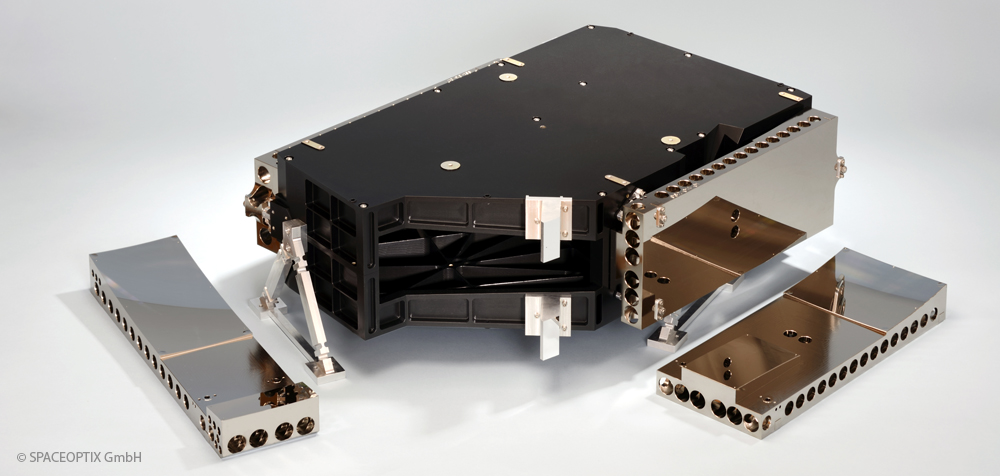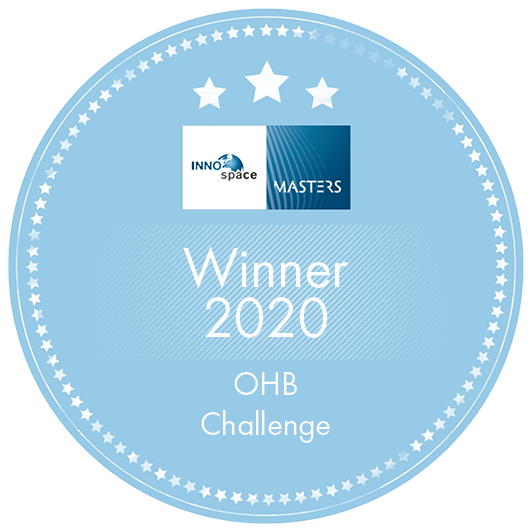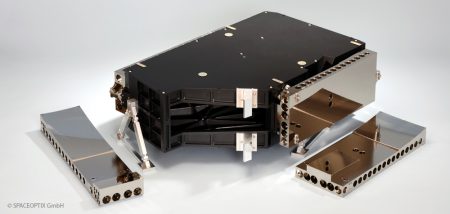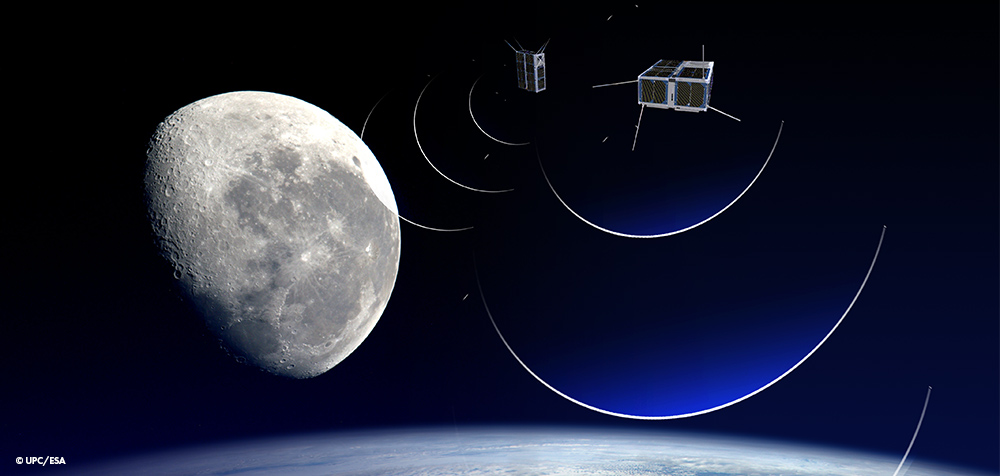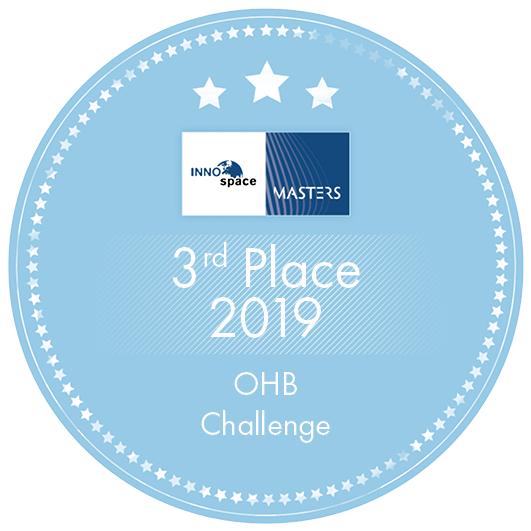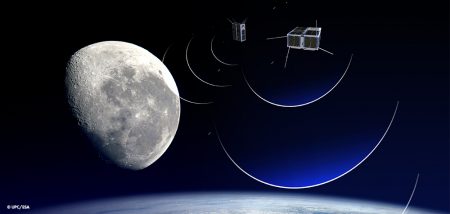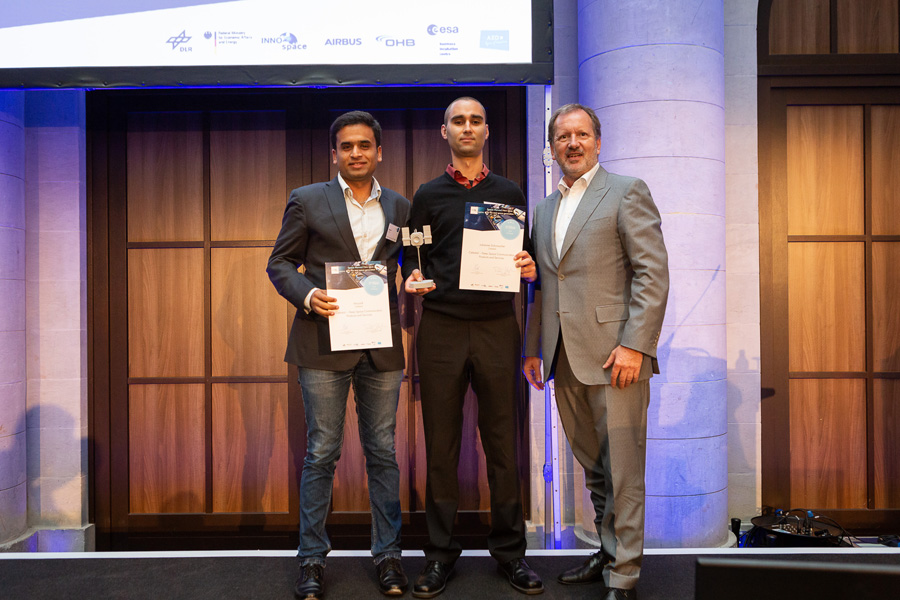HELIOS – The next step in interplanetary transportation
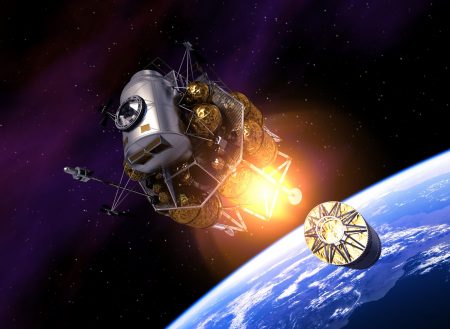
Chemical and electric space thrusters occupy opposite positions on the propulsion spectrum. The choice is to use chemical propulsion with a short but strong thrust-pulse and low efficiency in fuel utilisation, or electric propulsion with continuous long-term but weak thrust and high efficiency in converting fuel into momentum for the spacecraft. There is a big gap in thruster parameters between these main thruster species; a niche for electric high-thrust propulsion like Helios.
To guarantee the achievement of highly efficient fuel utilisation, the Helios high-thrust device is basically an electric propulsion system with the benefit of boosting fuel efficiency by coupling external electrical energy in thrust generation. Based on this high momentum generation per fuel particle, the Helios propulsion concept offers the capability of high momentum change per time; high thrust completes the basic benefits of electric space propulsion.
Benefits:
- Helios high-thrust electric propulsion combines the flexibility of a continuous electric thruster with the powerful behaviour of a chemical-like thrust level
- Ability to switch on and off on demand and to adjust the operational time
- High thrust level, which is able to change the momentum of a craft with high inertia in short time
- Capabilities to react to sudden disturbances and to significantly reduce travel time by reaching maximum velocity at an earlier point in the mission

